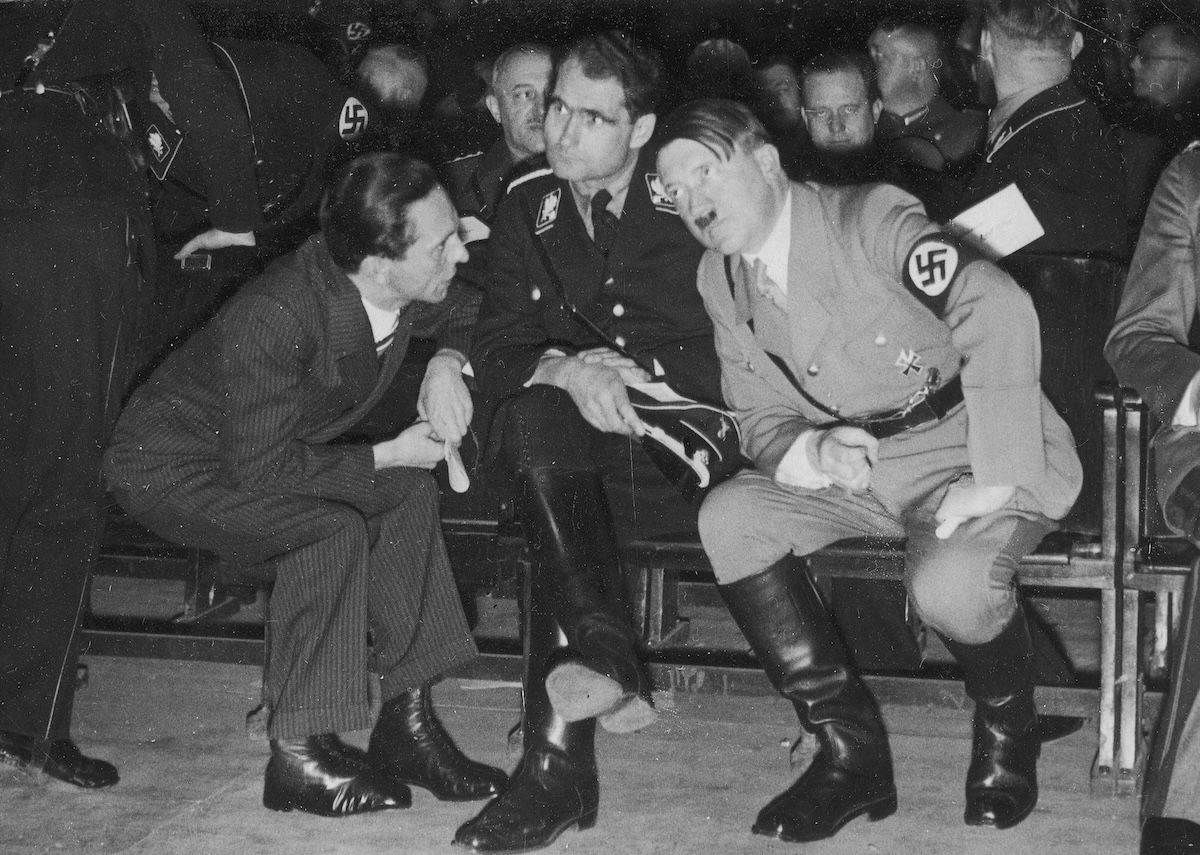1933: The Death of German Democracy
On 1 January 1933, Germany was a democracy with a range of political parties. By the end of the year its parliament was a rubber stamp for Adolf Hitler’s will.

German newspapers offered gloomy predictions for Adolf Hitler’s political prospects. The Social Democratic newspaper Vorwärts ran an article on 1 January 1933 with the headline: ‘Hitler’s Rise and Fall’, suggesting Nazi electoral popularity had peaked at the July 1932 national poll. The Berliner Tageblatt noted: ‘Everywhere in the world people were talking about – what was his name: Adalbert Hitler. Later? He’s vanished!’
Germany was in the middle of a political crisis. During 1932 there had been three chancellors: Heinrich Brüning, Franz von Papen and General Kurt von Schleicher. Each failed to establish a government with a majority in the Reichstag. They were appointed by the 85-year old president Paul von Hindenburg, using arbitrary powers granted to him under Article 48 of the Weimar constitution. He wanted to establish a stable and popular right-wing authoritarian government, which excluded left-wing parties, but was reluctant to appoint Hitler as his chancellor.
